Dried vs Fresh Herbs: The Ultimate Flavor Face-Off – Which One Wins Your Kitchen Crown?
When it comes to spicing up your meals, few things are as essential — or as divisive — as the great dried herbs vs fresh herbs debate. Are you team dried for convenience, or do you swear by the vibrant zing of freshly picked basil? Whether you're a seasoned chef or a weekend warrior in the kitchen, understanding when and how to use each type can make all the difference in your cooking.

Table of Contents
- The Flavor Factor: A Tale of Two Tastes
- Shelf Life Showdown: Who Lasts Longer?
- When to Use What: Timing Is Everything
- Storage Secrets: How to Keep Them at Their Best
- Cooking Tips: Maximizing Herb Power
- Buying Guide: Picking the Perfect Product
- Final Thoughts: Choose Wisely, Cook Brilliantly
The Flavor Factor: A Tale of Two Tastes
Let’s cut to the chase — flavor is king in the culinary world. But here's the kicker: dried herbs and fresh herbs deliver that flavor in very different ways.
| Aspect | Fresh Herbs | Dried Herbs |
|---|---|---|
| Flavor Profile | Vibrant, grassy, aromatic | Concentrated, earthy, mellow |
| Best For | Garnishing, short-cook dishes | Slow-cooked meals, baked goods |
| Texture Impact | Adds freshness and bite | Offers subtle mouthfeel |
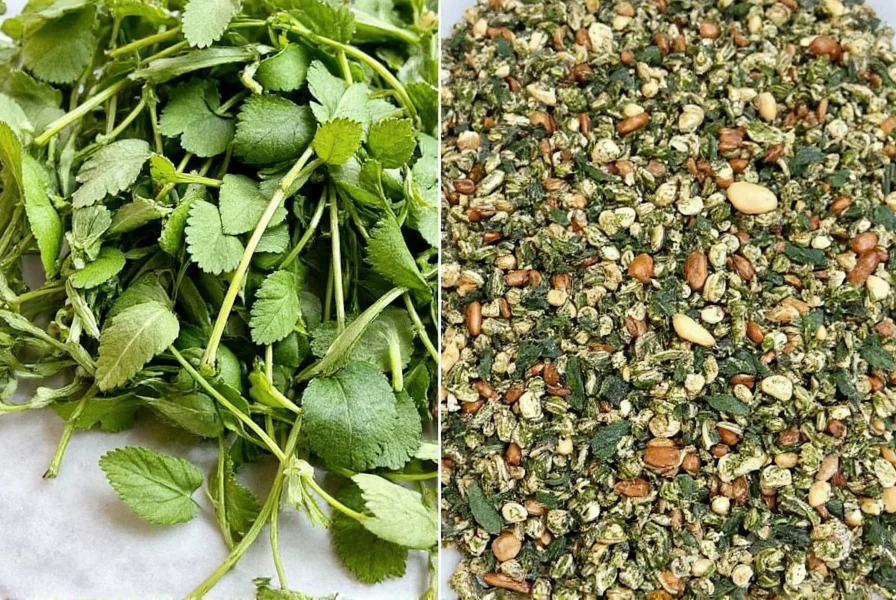
Think of fresh herbs like a pop song — bright, punchy, and in your face. They’re perfect for tossing over a salad or stirring into guacamole right before serving. On the flip side, dried herbs are more like a deep-cut jazz album — complex, layered, and best when given time to unfold.
Shelf Life Showdown: Who Lasts Longer?
If this were an Olympic event, dried herbs would take gold in endurance. Fresh herbs? They’re more sprinters than marathon runners.
- Fresh Herbs: 7–14 days max (unless properly stored)
- Dried Herbs: Up to 1–3 years if sealed and stored correctly
The key reason? Fresh herbs contain moisture, which means they're prone to wilting, molding, and rotting. Dried herbs, on the other hand, have been stripped of moisture, which slows down degradation and microbial growth.
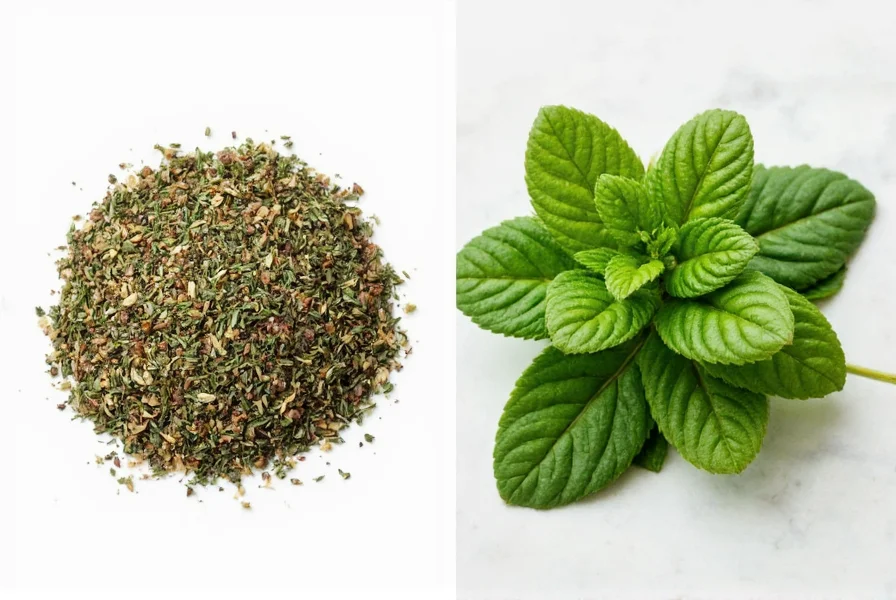
When to Use What: Timing Is Everything
Knowing when to reach for fresh or dried herbs can be the difference between a good dish and a great one. Here's your cheat sheet:
- Use Fresh When:
- You want a burst of color and aroma
- Preparing quick sautés, dressings, or dips
- Serving raw dishes like bruschetta or tabbouleh
- Use Dried When:
- Cooking stews, soups, or casseroles
- Wanting long-lasting flavor infusion
- Using spice blends or dry rubs
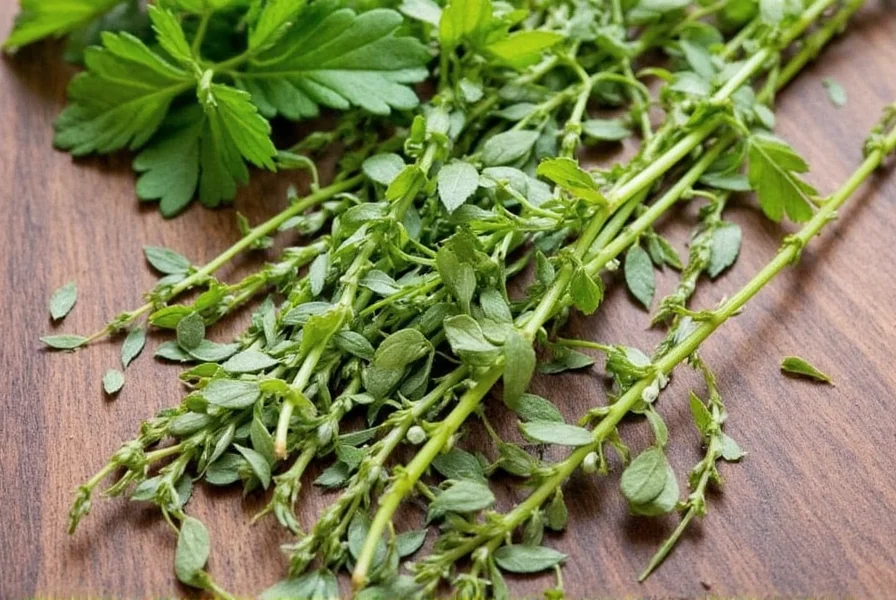
Storage Secrets: How to Keep Them at Their Best
No one wants to throw away wilted parsley or stale thyme. Let’s keep your herbs thriving with these storage hacks:
Fresh Herb Storage Hacks
- Jar + Water Method: Trim stems, place in a glass jar with water, cover loosely with a plastic bag, and refrigerate.
- Freeze in Oil Cubes: Chop and freeze with olive oil in ice cube trays for easy cooking additions.
- Wrap in Damp Paper Towel: Wrap stems in a damp towel and store in a resealable bag in the fridge.
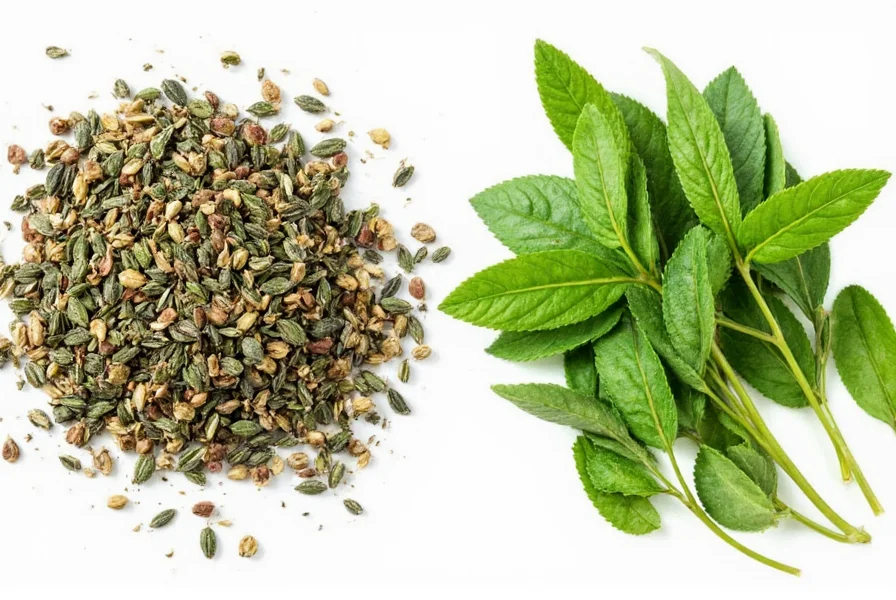
Dried Herb Storage Tips
- Airtight Containers: Use glass jars or sealed tins to preserve potency.
- Cool & Dark: Store in a pantry away from heat, light, and moisture.
- Label & Date: Helps track freshness and prevents confusion between similar-looking herbs.
Cooking Tips: Maximizing Herb Power
Here’s where the magic happens — using your herbs to their fullest potential. These tips will help you elevate every dish:
Fresh Herb Cooking Tips
- Add at the end of cooking to preserve flavor and texture.
- Use whole leaves or finely chopped depending on the recipe.
- Pair with citrus, garlic, or creamy bases to enhance brightness.
Dried Herb Cooking Tips
- Bloom in oil or broth first to unlock maximum flavor.
- Use less quantity than fresh — usually about ⅓ the amount.
- Incorporate early in the cooking process to let flavors develop slowly.
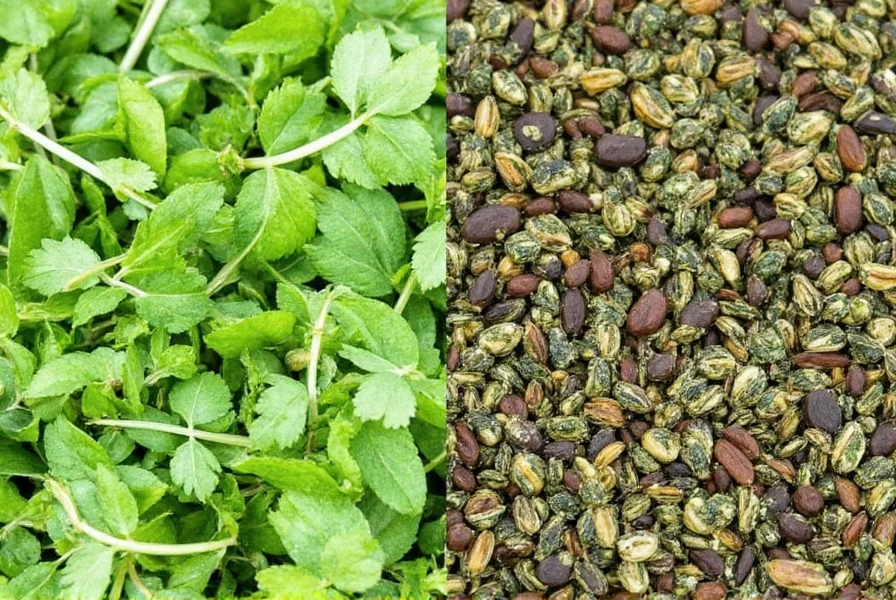
Buying Guide: Picking the Perfect Product
Choosing high-quality herbs makes all the difference — whether you're buying fresh or dried. Here's what to look for:
Top Picks for Fresh Herbs
- Basil – Organic Living Bunch:
- Features: Grown without pesticides, live roots included
- Advantages: Stays fresh longer, full flavor
- Use Cases: Pasta, pesto, Caprese salad
- Target Audience: Home cooks, gourmet foodies
- Occasions: Weeknight dinners, dinner parties
- Cilantro – Pre-Washed Microgreens Pack:
- Features: Pre-cleaned, compact packaging
- Advantages: Ready to use, no prep required
- Use Cases: Tacos, curries, salsas
- Target Audience: Busy professionals, meal preppers
- Occasions: Quick meals, healthy snacks
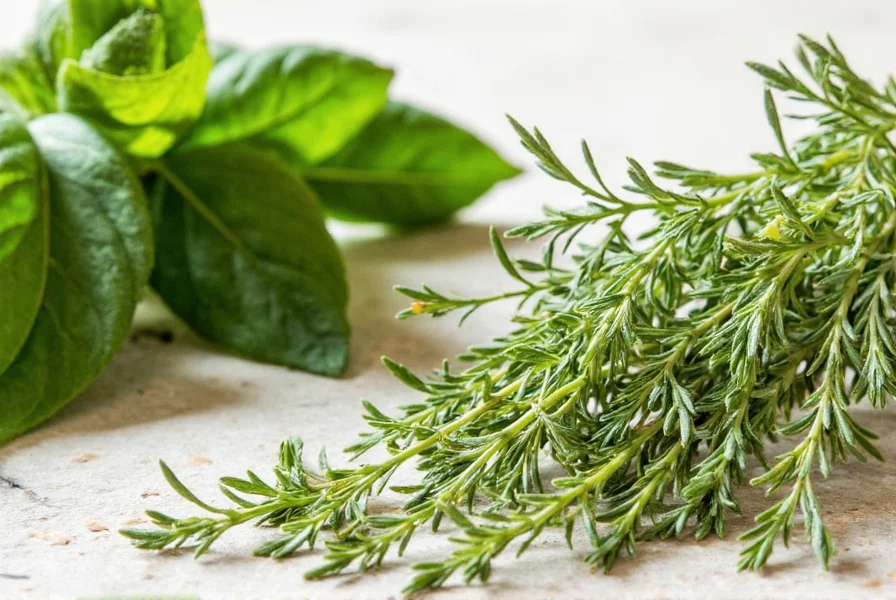
Top Picks for Dried Herbs
- Oregano – Glass Jar Seasoning Blend:
- Features: Hand-harvested, non-GMO, organic certified
- Advantages: Strong aroma, consistent grind
- Use Cases: Pizza, tomato sauces, grilled meats
- Target Audience: Italian cuisine lovers, grilling enthusiasts
- Occasions: Weekend BBQs, weekday dinners
- Thyme – Whole Leaf Bulk Bag:
- Features: Sustainably sourced, vacuum-sealed packaging
- Advantages: Retains oils and fragrance, cost-effective
- Use Cases: Soups, roasts, bread
- Target Audience: Meal preppers, budget-conscious chefs
- Occasions: Batch cooking, cozy nights
Final Thoughts: Choose Wisely, Cook Brilliantly
So, who wins in the dried herbs vs fresh herbs battle? Spoiler alert: there’s no real loser. Each has its strengths, ideal uses, and loyal fan base. It’s not about picking one over the other — it’s about knowing when to use each to get the most out of your food.
Keep both in your kitchen arsenal, experiment with pairings, and don’t be afraid to substitute. After all, the best herb is the one that makes your dish sing.
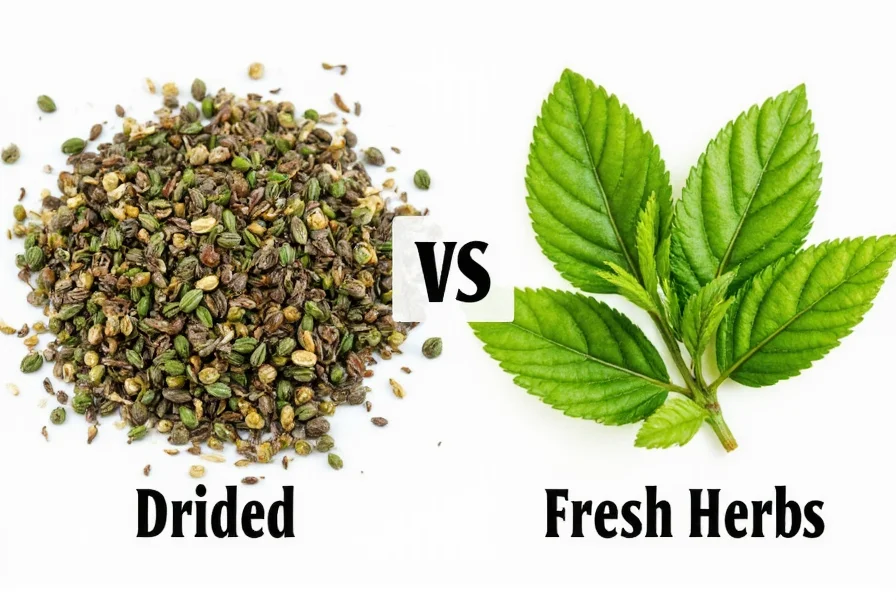
Happy cooking — may your pots always be fragrant and your herbs ever abundant!

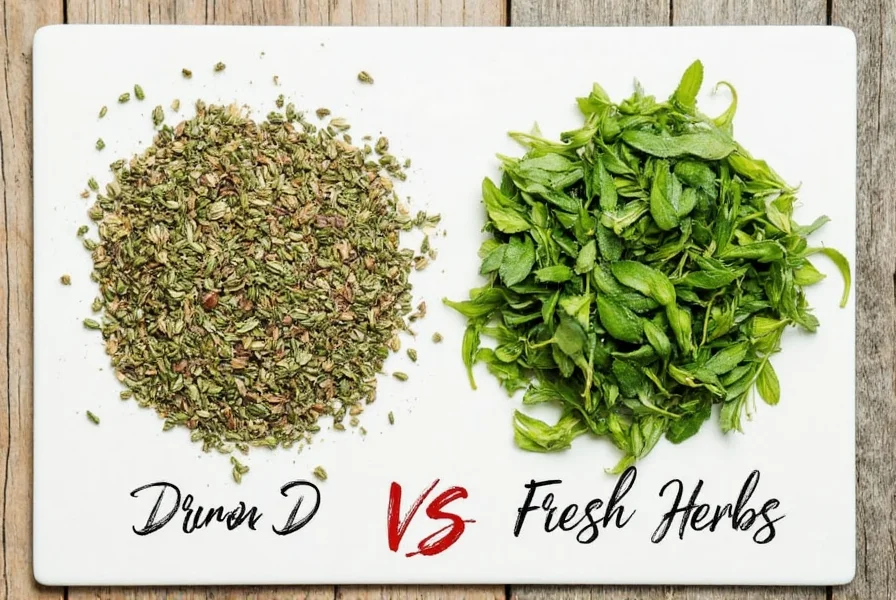









 浙公网安备
33010002000092号
浙公网安备
33010002000092号 浙B2-20120091-4
浙B2-20120091-4